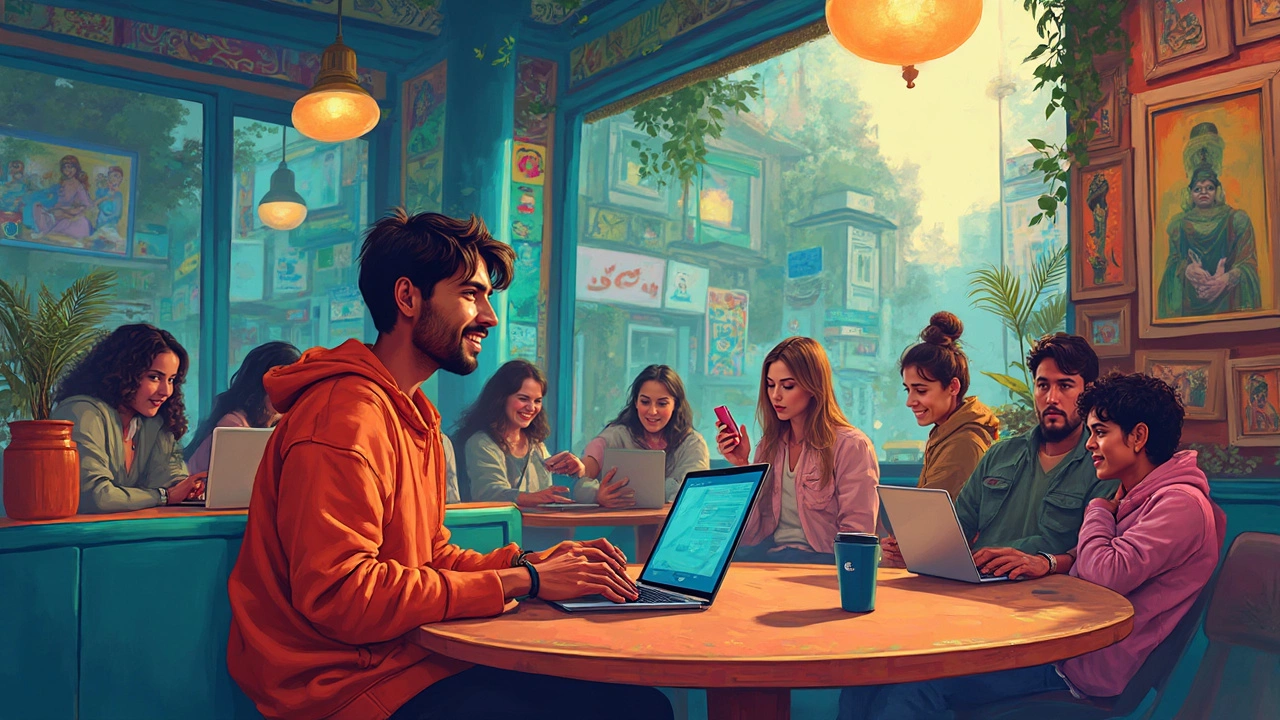Digital Storytelling: Simple Ways to Hook Your Online Audience
Want to make people stop scrolling and actually listen? Digital storytelling does exactly that. It blends words, visuals, and sound into a short, powerful experience that feels personal and memorable. The trick isn’t magic; it’s using the right structure and tools to turn a plain idea into a story people care about.
Why Digital Storytelling Works
First, stories trigger emotions. When you hear a relatable character or a surprising twist, your brain releases dopamine, making the content stick. Second, the internet rewards content that keeps users engaged. A story that gets likes, comments, or shares signals to platforms that it’s worth showing to more people. Finally, stories are easy to share. A quick video or a carousel post can travel far faster than a list of facts.
Step‑by‑Step Guide to Crafting Your First Digital Story
1. Pick a clear purpose. Ask yourself: Do I want to teach, inspire, or sell? A focused goal keeps the story tight and avoids wandering.
2. Identify the main character. It could be you, a customer, or even a product. Give the character a simple problem that your audience can recognize.
3. Sketch the three‑act structure. Start with a hook (the problem appears), move to the conflict (challenges rise), and finish with a resolution (solution or insight). This format works for videos, Instagram reels, and even blog posts.
4. Choose the right medium. Short videos work well for emotional moments, while carousel images let you break down steps. Podcasts are great for deep conversations. Match the story to where your audience hangs out.
5. Add visual and audio cues. Use high‑contrast colors, bold fonts, or background music that matches the mood. Subtle sound effects can emphasize a surprise or a win.
6. End with a call to action. Whether it’s a comment, a share, or a click, tell your viewers what to do next. Make it easy and relevant to the story you just told.
Once you have these pieces, put them together in a tool you’re comfortable with. Free options like Canva for graphics, Clipchamp for video, and Audacity for audio let you produce polished stories without a budget.
Testing is key. Publish the story, watch the engagement metrics, and tweak one element at a time—maybe a shorter intro or a stronger headline. Small changes often lead to big boosts.
Remember, authenticity beats perfection. Audiences can sense when a story feels forced. Share real moments, admit mistakes, and let your personality shine. That’s the secret sauce that turns a casual viewer into a loyal follower.
Ready to try? Pick a recent success, frame it as a three‑act story, and post it on your favorite platform. Watch the comments roll in and adjust based on feedback. With each story you tell, you’ll get faster, clearer, and more effective at capturing attention.
Finding Alternatives to Blogging: Exploring Creative Online Platforms
Tired of traditional blogging? You’re not alone. With countless online platforms available, there’s a world of creative ways to share your ideas without a blog. From video content to microblogging and digital storytelling, the internet offers exciting alternatives for writers and creators. Dive into these diverse platforms to find the best fit for showcasing your creativity and engaging with your audience effectively.
About
Blogging Platforms
